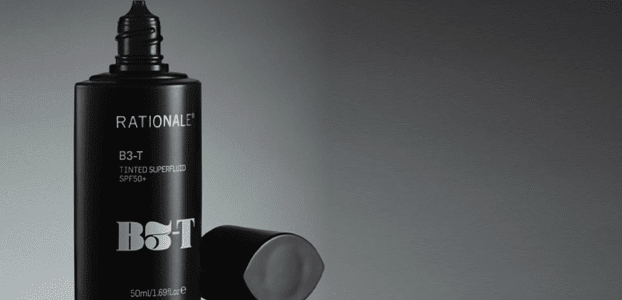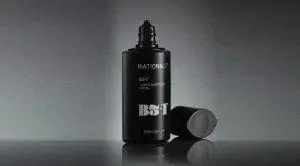At the Banwell Clinic we are passionate about skin health and always advocate being ’SunSmart’. It is well documented that sun exposure has a direct link to skin cancers, but also 80% of skin aging is caused by the sun. Whilst most of us are familiar with UVA, UVB and UVC, we now recognise that Infra red and visible light plays a significant part in skin aging and other skin conditions. At the Banwell Clinic we offer skin health assessments using the latest ‘Observ’ technology, but fundamental to all skin health and photo-protection, all patients should consider the following:
SUNPROTECTION FACTORS
Photo-protection should be effective throughout the entire Solar Constant (the medical term for Ultraviolet, Infra Red and visible light.) For ultimate protection we advise sunscreens containing Zinc Oxide, Titanium Dioxide, Fern block technology and solar constant protective agents that are Pro vitamin D. Using these actives, the skins natural defences are enhanced offering increased solar resilience.
IMMUNE PROTECTION
UV radiation will cause photo immunosuppression resulting in impaired activity of the skins own immune system and cells. Using Niacinamide (Vitamin B3) an immune modulator, will boost the skins immune responses by stimulating Langerhans cell function. Look for sunscreens and topical serums that contain between 4-10% which should be used daily.
ANTIOXIDANTS
Antioxidants not only rejuvenate aging and sun damaged skin but prevent the formation of free radicals caused by solar radiation. Antioxidants are recommended for daily use and should include Vitamins A, C and E. Combining Vitamin C with Vitamin E has been shown to offer even further protection. Resveratrol is another powerful antioxidant which will reinforce the skins natural protection against free radical damage and will work overnight as we sleep. Serums and night creams should contain 1%.
VITAMIN D SUPPLEMENTS
In addition to overall health, Vitamin D plays an integral role in skin protection. Vitamin D contributes to Skin cell growth, repair and metabolism. It optimises the skins immune system and can help destroy free radicals that cause premature aging. Vitamin D supplements should be taken on a daily basis.
In addition to the above advice, we should of course, minimise our sun exposure especially between midday-3pm. Always carry sun protection with you, wear a floppy hat whilst outdoor and remember to be a diva…..wear your sunnies!!!
FAQ
WHAT IS THE DIFFERENCE BETWEEN A MINERAL AND CHEMICAL SUNSCREEN?
Mineral sunscreens contain solar constant protective ingredients such as Zinc Oxide which forms a protective barrier on top of the skin and works immediately. Mineral sunscreens are less likely to irritate the skin. Chemical sunscreens contain filtering ingredients and take time to be absorbed by the skin and should be applied about 20-30 minutes before sun exposure.
WHAT IS SPF RATING?
The sun protection factor indicates how long it will take for UVB rays to burn you when using sunscreen compared to not using any. For example, if you burn in 10 minutes without using protection and you use SPF 15, you will be protected for 150 minutes (2 and a half hours)
WHAT IS THE DIFFERENCE BETWEEN UVA/B RAYS
The sun radiates invisible UV rays. UVA is linked to cell aging and long term skin damage. UVB will cause sun burn and damage to DNA cell structure and is thought to cause most types of skin cancers.
IS ANY TAN SAFE?
NO! (Other than using a self tanner) A tan is a sign of skin damage and shows that the body is trying to increase its own protection once the damage has occurred.
HOW MUCH SUNSCREEN SHOULD I USE?
Enough to completely cover all exposed areas evenly (about a large handful) Apply before sun exposure and reapply after swimming, drying or sweating.
CAN YOU RECOMMEND A PARTICULAR SUNSCREEN?
We recommend Heliocare Gel at the Banwell Clinic and we absolutely love the Isotropic formulations and low viscosity superfluid’s from the Rationale range.


